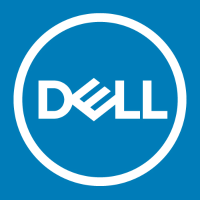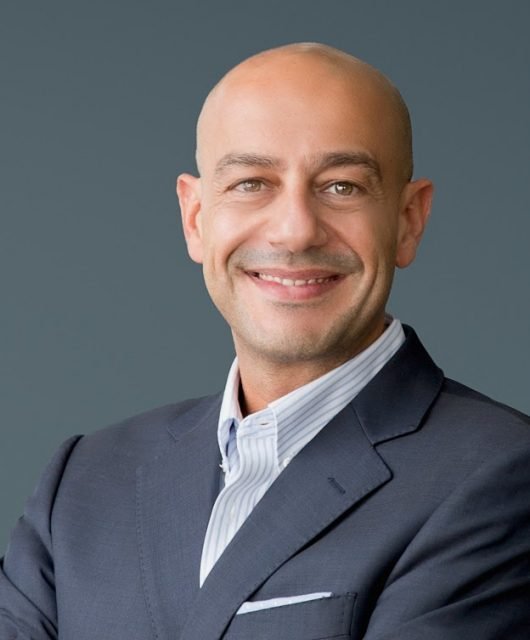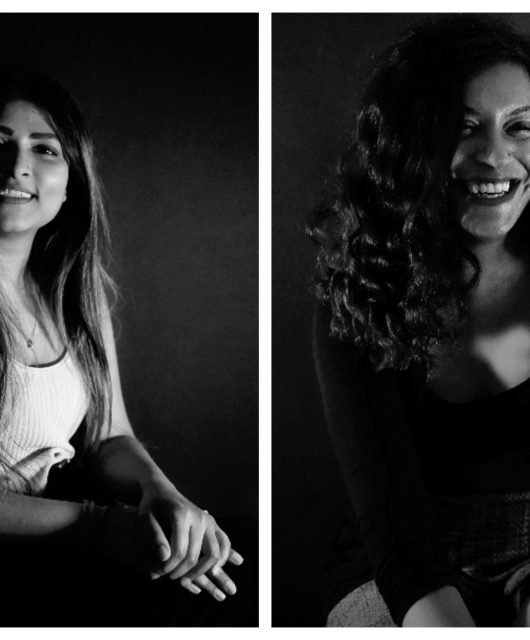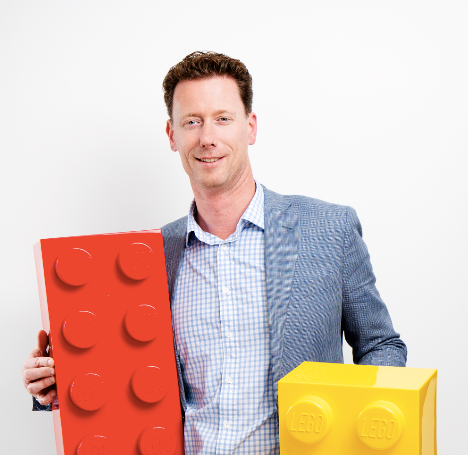Landor, the global leader in brand consultancy and design, has recently announced that Jane Geraghty, formerly President of Landor EMEA, has taken the global leadership reins succeeding Lois Jacobs. Jane brings to her role a proven track record with a +20 years of orchestrating global brands. The Berries interviewed Jane on communities, disruption and her ambitions for an era dominated by digital transformation.
BB: Community is core to brands of the next generation. A lot of emerging brands no longer just sell goods—they’ve formed communities around their brands. Do you think that the community-driven brand is the trend that all global brands have to adopt?
 JG: In the not-too-distant past, brand management was about controlling the expressions of brands at all costs. Across all touch points, consistency was paramount. Today, the reality is that global brands are shaped by innumerable people or communities through multiple channels and experiences. These communities can live both inside and outside the company (thanks to the power of social media) so the concept of “controlling” them is a fallacy. As a consequence, clients must change their views about brand management.
JG: In the not-too-distant past, brand management was about controlling the expressions of brands at all costs. Across all touch points, consistency was paramount. Today, the reality is that global brands are shaped by innumerable people or communities through multiple channels and experiences. These communities can live both inside and outside the company (thanks to the power of social media) so the concept of “controlling” them is a fallacy. As a consequence, clients must change their views about brand management.
Many leaders of the world’s biggest brands have recognized that by engaging and empowering a variety of internal and external communities, they are unlocking a formidable force for growing their brands. When harnessed effectively, communities can be product developers, market makers, problem solvers, help desks, and content creators. Simply put, building, nurturing, and sustaining communities will be the decisive force in brand management moving forward.
At Landor, we have developed the Brand Community Model, which helps complex organizations manage their brands more effectively. It recognizes the importance of identifying and protecting sacred assets but also allows for input and co-creation within communities. It recognizes that brands can no longer be exclusively owned and controlled by their owners.
BB: “Disruption” is a trend commonly overheard. In your opinion, what constitutes a disruptive brand?
JG: Disruption has become the new norm across markets and sectors. With cross-category innovations turning markets upside down, disruption is creating new brands that don’t adhere to old rules. Brands like Uber, Airbnb, Deliveroo, and most notably, Amazon have thrived as a result of embracing disruptive business models. The common thread to these so-called disruptive brands is that they slavishly deliver against customer needs and refuse to accept any category barriers that get in their way. But beware disruption if your brand has nothing to say as it will just be annoying and not beneficial to the audience. Too many brands today just make noise and are therefore mistaking disruption for value.
BB: With your new post, what are the highlights of your ambitions for Landor? What other frontiers or milestones are you planning to pass? What do you feel you still need to achieve at Landor?
JG: I’m pleased to have contributed to Landor’s growth in recent years and delighted to be taking the helm at a time where our foundation as brand experts is strong. The next phase is about how we apply our brand expertise to help our clients during an era dominated by digital transformation.
So many companies are rightly focused on digital transformation to evolve their businesses, meet customer needs, and streamline their operations. There is no shortage of advisors in this process—from management consultants determining the right transformation strategy to service design and digital agencies defining and conceptualizing new offers, to systems integrators building fit-for-purpose platforms. All these companies are helping clients affect successful but often undifferentiated change.
Brand is the most successful tool for clients to differentiate themselves in a world where so many products and services are becoming increasingly commoditized. So, considering digital transformation and technology innovations through the lens of brand is the big opportunity. And that’s where Landor’s long heritage of brand consultancy—helping companies in every category around the world differentiate themselves through brand—comes into play. Together with our growing innovation and tech expertise, we are well placed to help our clients continue to build their business and in turn, build ours.
BB: In your opinion, what will drive growth in the branding industry in the upcoming 10 years?
JG: The branding industry will be unrecognizable in 10 years. Those that embrace the notion of brand within the context of digital transformation will thrive. Those that remain embedded in a world of logos and labels will fail.
BB: Across industries, categories, products, services, continents, and cultures, Landor has been able to continuously keep its absolute leading position in the global branding scene. Can you shed some light on Landor’s formula for making it to the top?
JG: Landor’s success has always been a result of our people. We hire the best, brightest, and most passionate brand experts in the world and do our best to inspire them with the most exciting briefs from the most ambitious clients.
BB: The Middle East and Africa are on their way to become the next hot spot for brands and branding agencies. What’s your take on how the branding scene in MEA will develop over the years?
JG: We’ve had a strong history in the Middle East and Africa, and looking forward, both areas represent exciting growth markets for Landor. The Middle East is developing technological solutions at a furious pace and innovating in ways that would challenge more traditional economies. Africa is a mobile-first continent and success for businesses relies upon a mobile-first strategy. Both markets are recognizing the power of brand as a business tool to drive differentiation, and we expect to see growth, fueled by branded innovation, in both markets. In both markets, as local businesses look to go global and international companies look to succeed in these territories, it will be important to balance local nuance with global relevance. Our experience and network put us in a strong position to help.
BB: One of the key challenges for any global brand consultancy when dealing with brands is deeply understanding the context of each brand so that you’re able to build a brand that resonates with the relevant audience. What’s Landor toolkit when dealing with brands from different regions of the world? What are the factors you take into consideration?
JG: Landor has a long history helping companies grow their businesses across borders. Working with international clients like FedEx, Procter & Gamble, and BP, Landor’s global footprint has grown in line with our clients’ ambitions to today’s network of 26 offices in 19 countries. In today’s connected world of customers and consumers, there are great benefits to building global brands, but we’ve always recognized the need for those brands to be locally loved and relevant. So very often we need to modulate a brand expression or experience to live up to and be coherent with the global promise but also to resonate strongly at a local level. Having boots on the ground to infuse global brand strategies and experiences with local cultural insight is a big part of the Landor advantage. Our growing insights and analytics practice has further enhanced our ability to ensure that our work inspires locally and internationally, using data and consumer insight to provide certainty to our recommendations.
BB: Branding is a dynamic industry. Where do you see the global branding marketplace heading?
JG: Clients now have so many opportunities, thanks to technology, to touch their customers, consumers, and employees. The key to success now is not how to get to people; it is the manner in which you do it. The manner in which you engage people will be the differentiator, not just the act itself. So, we will build on our heritage as brand storytellers with a much more diverse and dynamic suite of tools to tell those stories. Tech-enabled, immersive, and differentiated brand experiences will be the backbone of the industry going forward.





